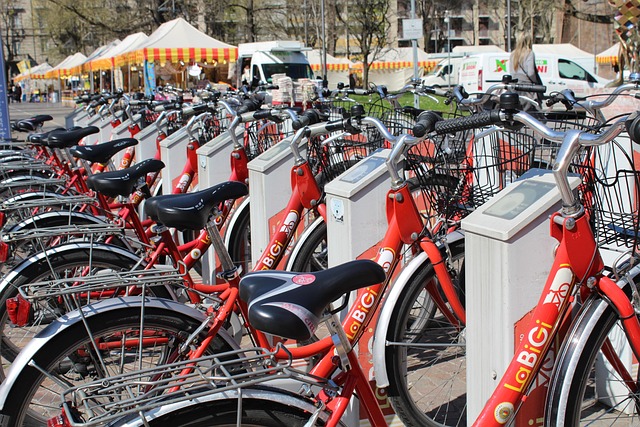Revolutionizing Urban Transit: Greening Public Transport for a Sustainable Future
As urban populations continue to rise, cities across the globe face the pressing challenge of creating a sustainable transportation system. With air pollution levels climbing and climate change becoming an undeniable threat, the need for greening public transport has never been more urgent. Urban centers must innovate to provide transit options that not only reduce their carbon footprints but also enhance the quality of life for those who call them home.
The Importance of Greening Public Transport
Public transport is the backbone of urban mobility, with millions of commuters relying on buses, trains, and trams each day. The environmental impact of fossil-fuel-dependent transit systems has made the greening of public transport systems a crucial aspect of sustainable urban policy. Investing in electric buses, solar-powered trains, and green infrastructure can mitigate greenhouse gas emissions, improve air quality, and create a healthier urban environment.
Innovative Approaches to Sustainable Transit
Many cities are leading the way in innovative approaches to greening public transport. For instance, London has committed to a complete electrification of its bus fleet, significantly cutting down emissions while ensuring reliable service for its residents. Similarly, Berlin has invested in expanding its light rail network, integrating bicycle-sharing systems, and promoting walkable urban design to facilitate a seamless transportation experience.
Moreover, cities like Barcelona are prioritizing public transport by implementing congestion pricing, encouraging citizens to utilize public transit instead of individual cars. These visionary policies shape a more integrated and sustainable approach to urban transport.
Community Engagement in Greening Initiatives
Greening public transport is not just an institutional endeavor; it’s a community effort. Engaging with citizens is essential for the success of sustainability initiatives. When individuals feel that they have a stake in their city’s transit system, they are more likely to embrace and support changes. Public forums, workshops, and social media campaigns can foster dialogue, allowing citizens to voice their concerns and contribute ideas that help shape transit solutions.
The Future of Urban Mobility
The path towards greening public transport is multidimensional and requires collaboration among governments, transport agencies, and local communities. As we move forward, technologies like autonomous electric vehicles and advanced data analytics will play a significant role in optimizing public transport efficiency and accessibility.
By envisioning cities where public transport is a vibrant, eco-friendly alternative to private vehicles, we cultivate an environment where citizens feel empowered to make sustainable choices. A commitment to greening public transport not only improves urban transit but can also redefine the future of our cities as havens of sustainability, equity, and innovation.




